-
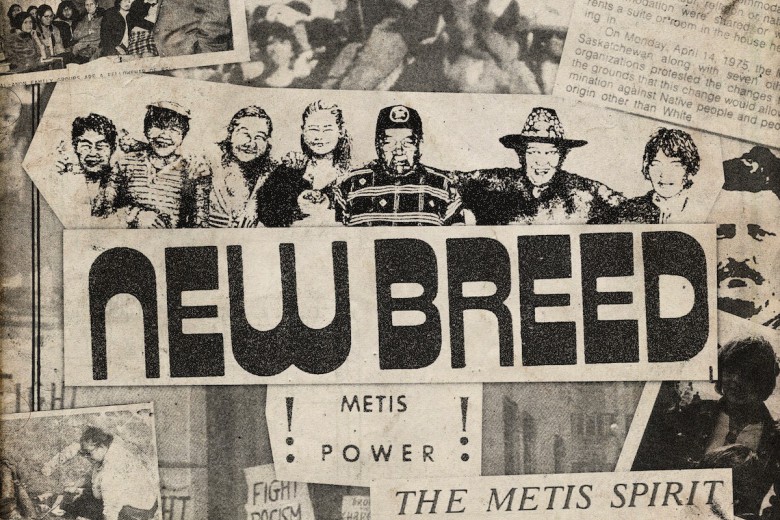
by Alex Birrell and Mike Gouldhawke Jan 3, 2023 13 min read
-

by Saima Desai Jan 3, 2023 5 min read
-
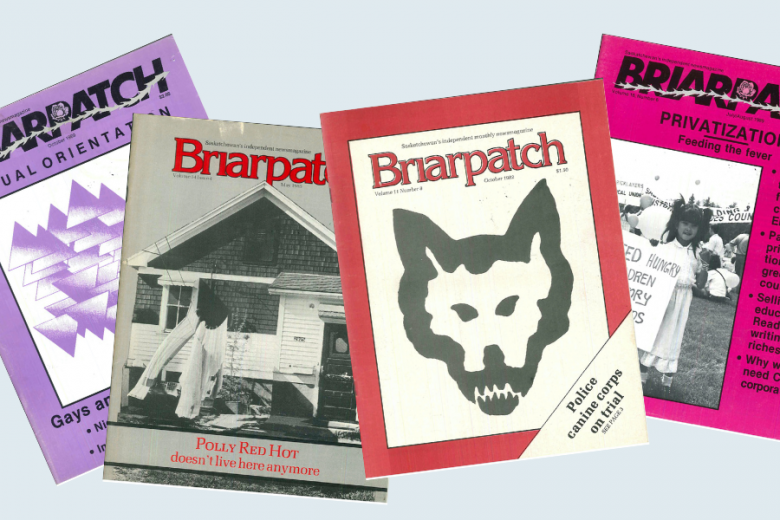
by Beth Smillie, Adriane Paavo, Shayna Stock, and Andrew Loewen Jan 3, 2023 12 min read
-
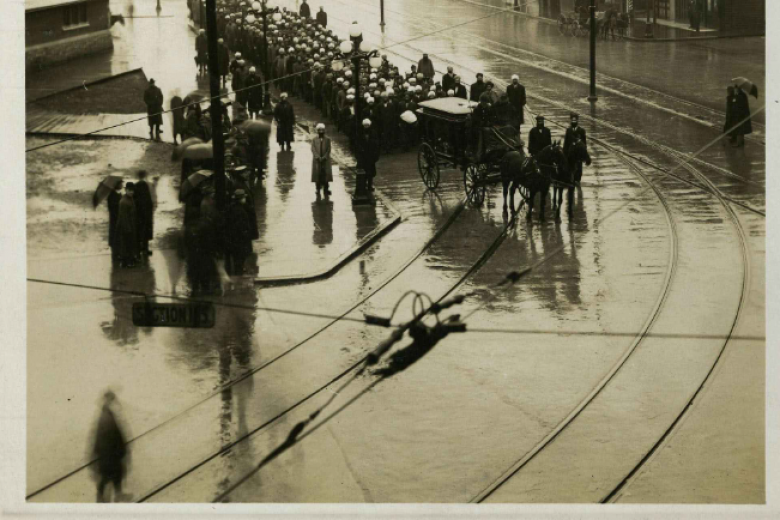
by Jastej Luddu and Fenn Stewart Jul 8, 2022 6 min read
-
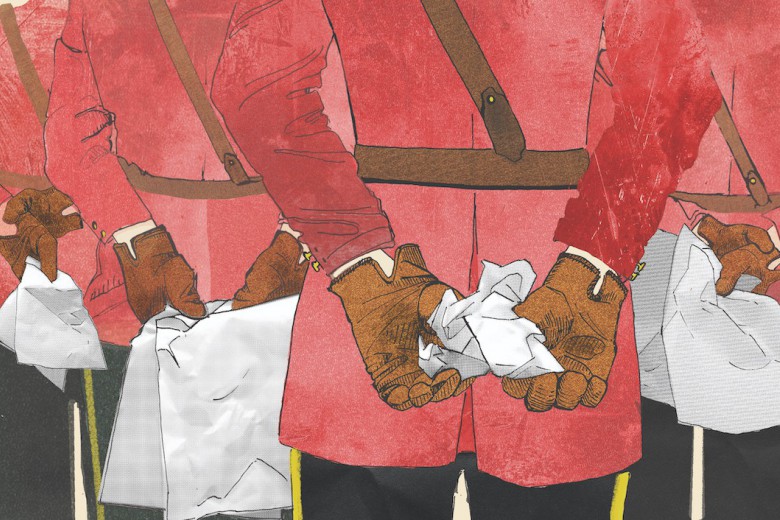
by Andrea Conte Mar 3, 2022 18 min read
-

by Claire Johnston Mar 1, 2021 6 min read
-

by Jordana Rosenfeld Dec 28, 2020 6 min read
-
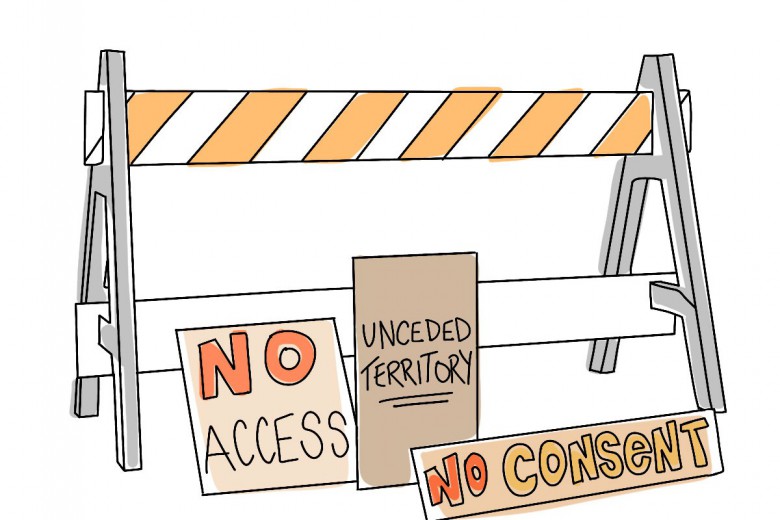
by Mike Gouldhawke Sep 10, 2020 10 min read
-
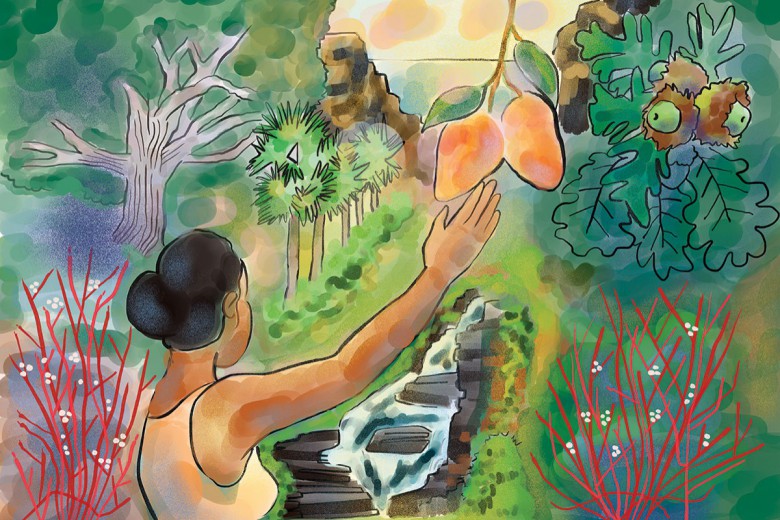
by Shanthiya Baheerathan Feb 25, 2020 10 min read
-

by Ananda Lee Tan Apr 29, 2019 4 min read
-
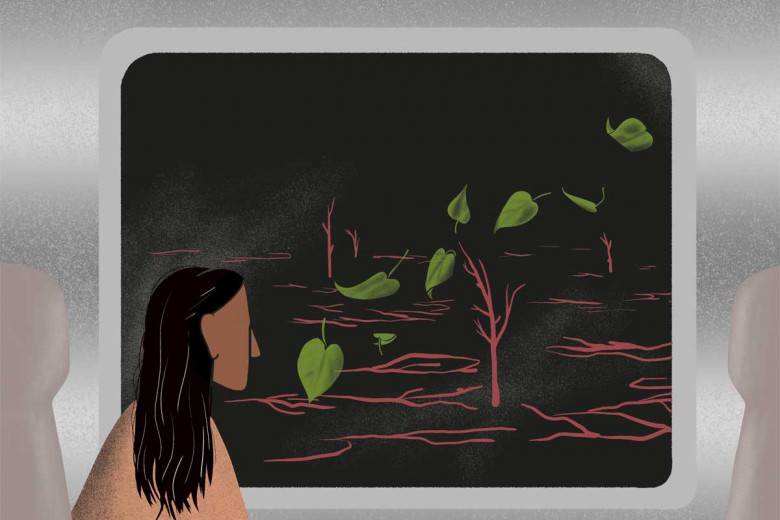
by Aric McBay Apr 29, 2019 7 min read
-

by David Camfield Apr 10, 2019 10 min read
-

by Kayla Isomura Feb 27, 2019 2 min read
-
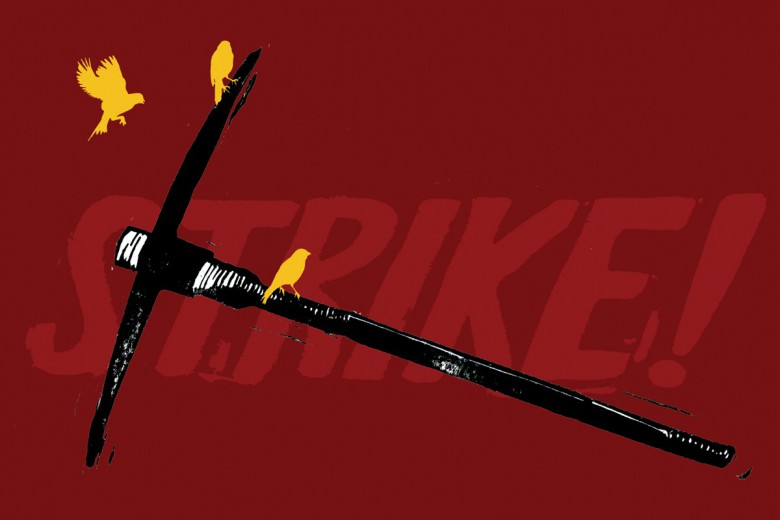
by Kate Jacobson Apr 30, 2018 9 min read
-
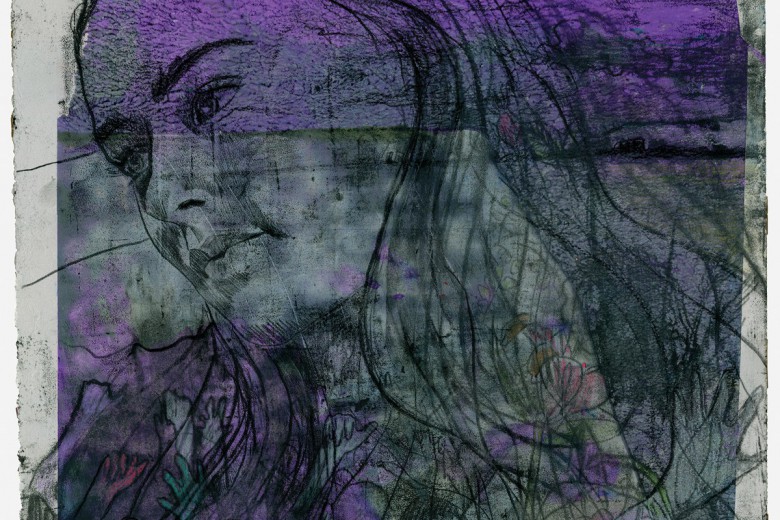
by Carol Rose Daniels Apr 30, 2018 7 min read
-
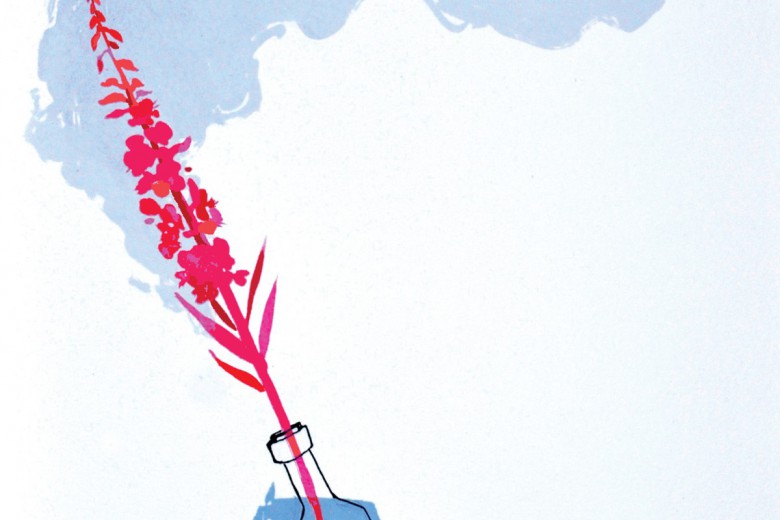
by Devin Clancy Dec 21, 2017 10 min read
-
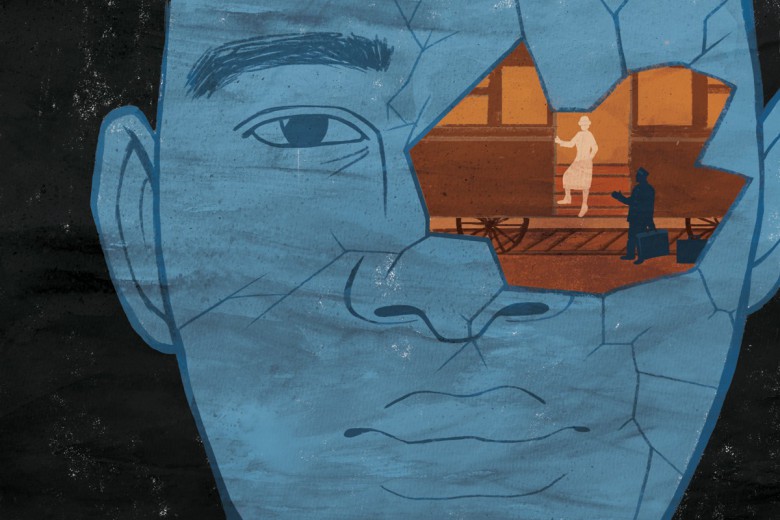
by Robyn Maynard Oct 23, 2017 6 min read
-
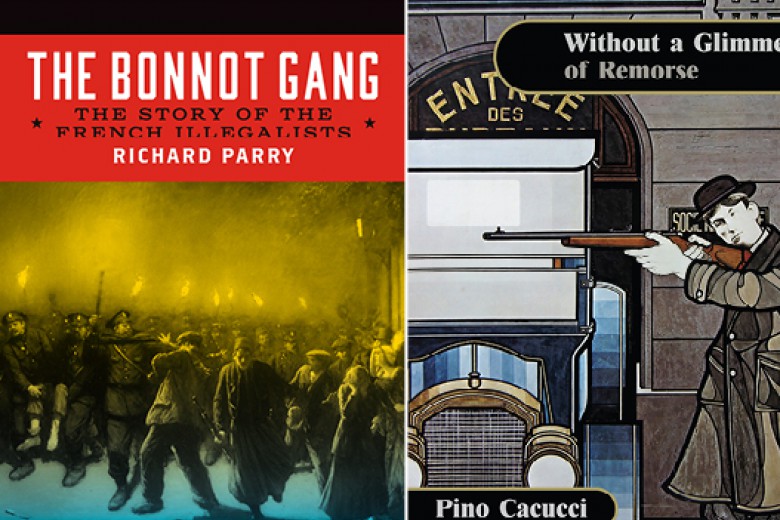
by Chris Kortright Mar 1, 2017 6 min read
-
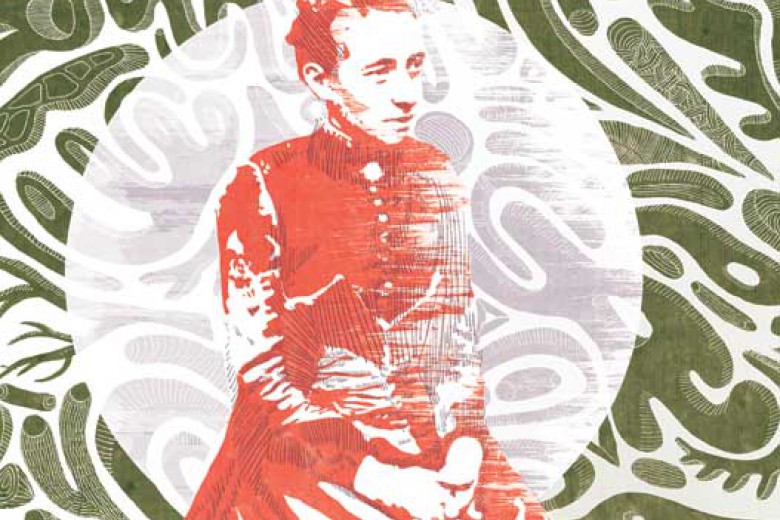
by Vron Ware Jan 4, 2016 7 min read





















